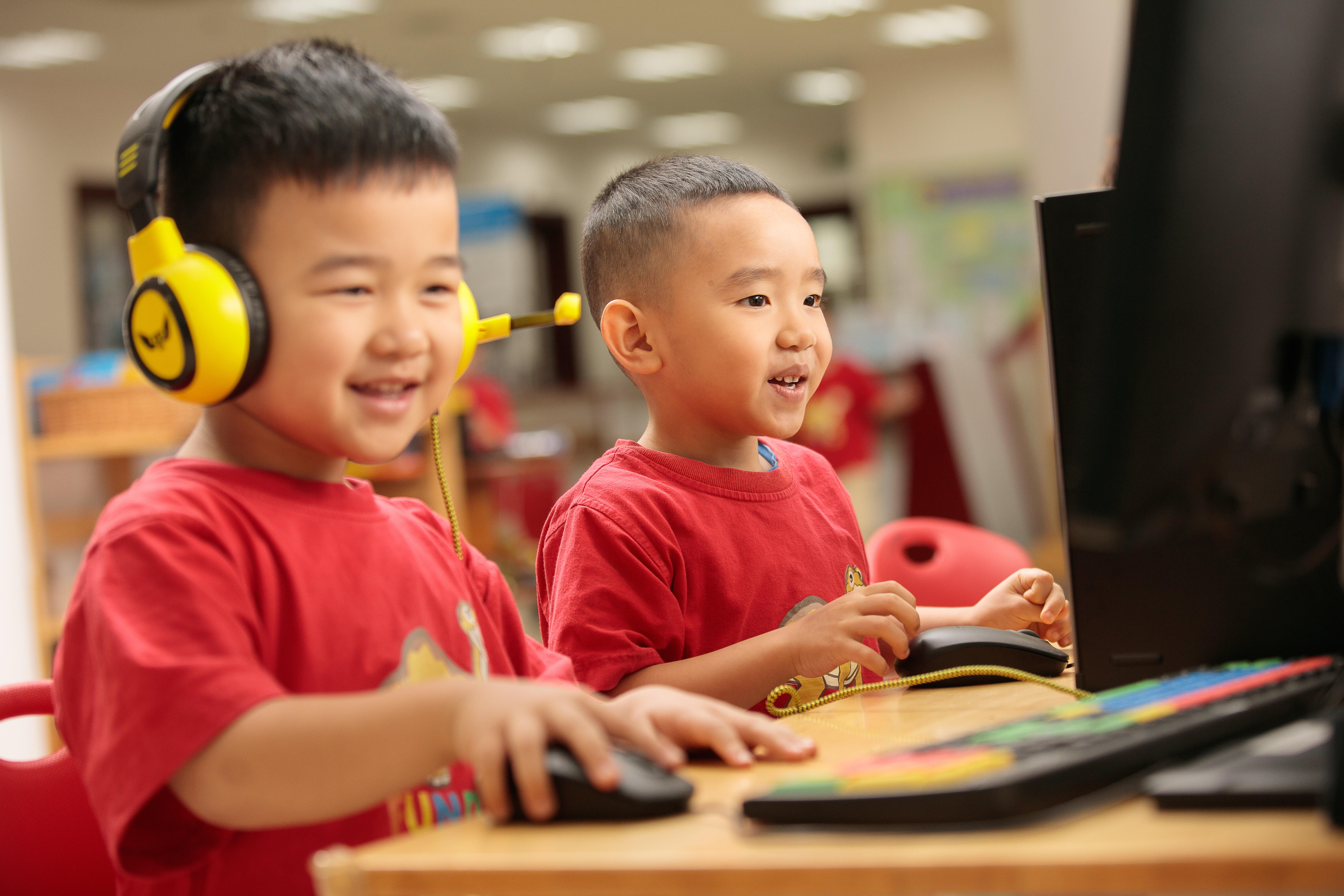Children need to imagine, give critical thought, and create. Pitched as a generative tool, artificial intelligence (AI) can make things. Solve problems. Find answers.
“But that’s the last thing we want children to be using it for,” said Deputy Head (Academic) and computing specialist, Bruce Geddes from The British International School of Kuala Lumpur (BSKL) – a Nord Anglia Education school.
“AI in the classroom is an exciting tool, and it’s important that children learn how to embrace it. But it shouldn’t replace thinking and learning experiences, because it’s only through the thinking that students learn.”
HOW CAN EDUCATORS TEACH WITH AI?
According to Bruce, the trick is to go back to the question, “What makes a learning experience outstanding?”. At BSKL, academics follow a ETC (Explain and Explore, Think, Check and Correct) model to ensure children thrive.
Explain and Explore.
The Explain and Explore phase is what most people expect all good teaching to be made of. It’s where children are inspired, introduced to new ideas, thoughts and practices that explore and challenge their imaginations and intellect, and are enthusiastically encouraged to ask questions. However, surprisingly, it’s where the least amount of learning occurs.
Think.
Following a journey of wonder in the Explain and Explore phase, children must Think next, working through activities to help their minds expand and grow, and shifting what they’ve just learnt from their short-term to long-term memory. It’s active thinking tasks that lie at the heart of true learning.
Check and Correct.
At the final step, students start to Check and Correct the concepts they’ve absorbed, refining and redefining their understanding of their environment, and where they fit in it.
“This is the model for a transformative learning experience, and this structure can be applied to AI in the classroom” said Bruce.
“The big question is, how do we harness this opportunity to teach AI in an innovative way, that will allow children to thrive in the world?”
As team lead for driving outstanding teaching and learning experiences at The British International School of Kuala Lumpur, Bruce designed and developed an AI-Teaching Assistant, as a powerful addition to every child’s study toolkit.
“The BSKL AI-Teaching Assistant embodies the very best of what we know about how students love to learn. It takes students on an AI-enabled ETC journey, through an engaging learning cycle on topics and themes that intrigue them, a structured set of thought-provoking activities, and a chance to embed and measure their new set of learnings,” said Bruce.
“The last big teaching revolution was the invention of the printing press. It brought life-changing opportunities to teaching and learning. Teaching AI in the right way is much more glorified than an interactive textbook. It opens us up to a whole new world of possibilities.”
Last week, industry leading academic experts around the world from premium international schools group Nord Anglia Education joined their peers in Hanoi, Vietnam, where they explored innovative approaches in teaching and learning to ensure children are prepared to thrive in the future world of work.
Hosted by Nord Anglia Education schools the British International School Hanoi and the British Vietnamese International School, world education leaders met with parents, students and the wider Hanoi community to share exciting research, and innovative ideas in education.
As an industry expert, Bruce Geddes spoke at this event on the topic of integrating AI into the classroom to enhance learning experiences – sharing best practice and inspiring methods.






